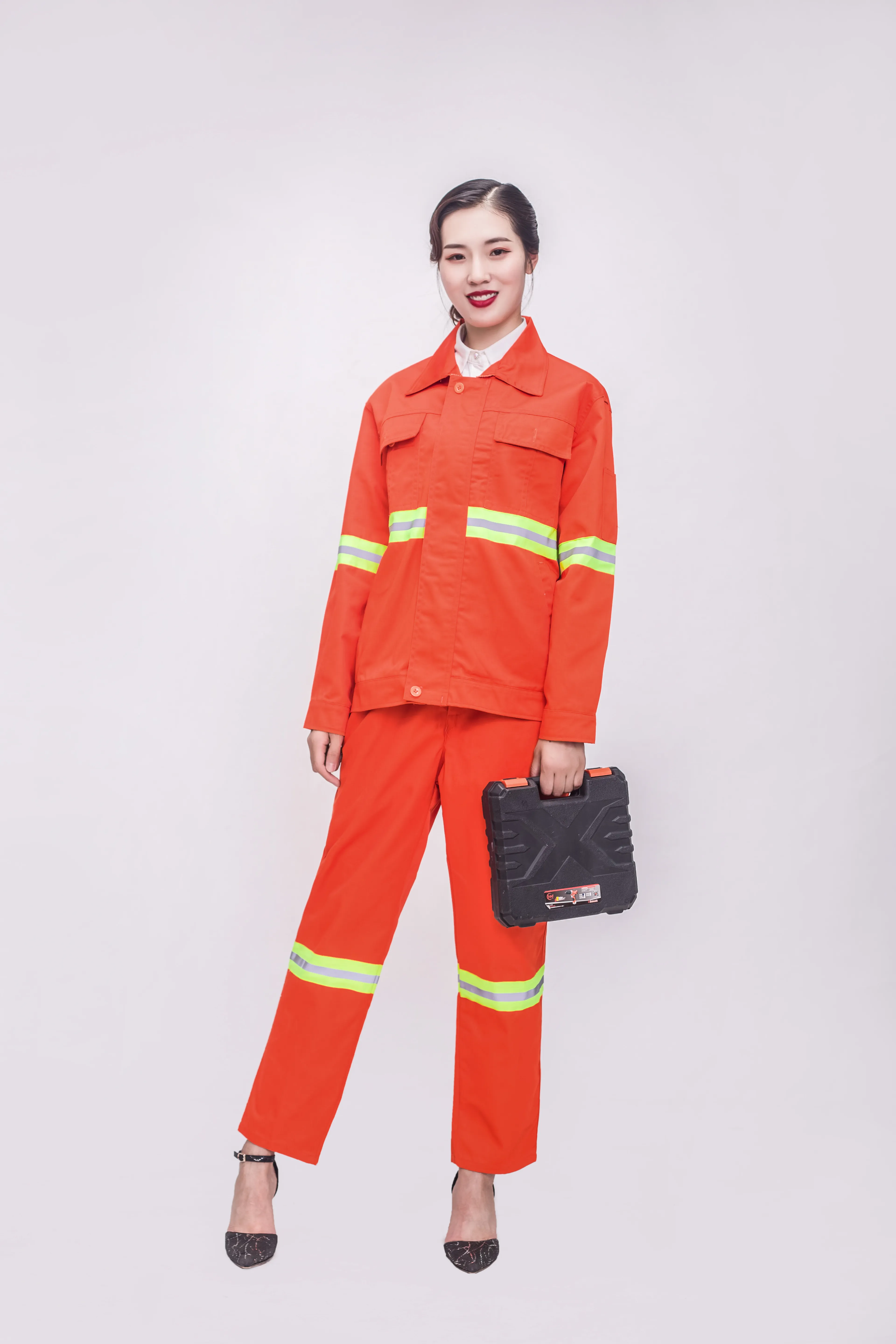- Afrikaans
- Albanian
- Arabic
- Armenian
- Basque
- Belarusian
- Bengali
- Bulgarian
- Croatian
- Czech
- Danish
- Dutch
- English
- Esperanto
- Finnish
- French
- German
- Greek
- Hebrew
- Hindi
- Indonesian
- irish
- Italian
- Japanese
- Javanese
- kazakh
- Rwandese
- Korean
- Kyrgyz
- Latin
- Latvian
- Luxembourgish
- Malay
- Myanmar
- Nepali
- Persian
- Polish
- Portuguese
- Romanian
- Russian
- Serbian
- Slovak
- Spanish
- Swedish
- Tagalog
- Tajik
- Turkish
- Ukrainian
- Uzbek
- Vietnamese
Aug . 18, 2024 03:29 Back to list
Durable Heat-Resistant Gloves for Safe Handling and Cooking Tasks
The Importance of Small Heat Resistant Gloves A Guide to Safety and Comfort in Culinary Environments
In the culinary world, safety is paramount. One essential piece of equipment that caters to the safety and comfort of kitchen staff is heat resistant gloves. For those with smaller hands or those who require more precision, small heat resistant gloves provide an optimal solution, protecting against burns and accidents while allowing for meticulous handling of hot items.
Understanding Heat Resistant Gloves
Heat resistant gloves are specifically designed to withstand high temperatures, protecting the wearer from potential burns and thermal injuries while handling hot objects, such as baking trays, grills, and stovetops. Typically made from materials like silicone, aramid fibers, or a combination of both, these gloves can endure intense heat, often rated up to 932°F (500°C). However, the fit is equally important; ill-fitting gloves can lead to a loss of dexterity, increasing the risk of accidents.
Why Small Heat Resistant Gloves Matter
The ergonomic design of small heat resistant gloves caters to individuals with smaller hands, providing a snug fit that enhances finger dexterity. This is particularly crucial in a kitchen setting, where chefs must often perform intricate tasks such as decorating pastries, flipping small items on a grill, or plating dishes. When gloves fit properly, they allow for greater control, enabling chefs to execute precise movements without the cumbersome feeling that larger, ill-fitting gloves can impose.
Moreover, smaller gloves often feature additional characteristics designed for ease of use. For instance, some models include textured surfaces to improve grip, reducing the likelihood of dropping hot pans or ingredients. This is invaluable in a busy kitchen where every second counts, and accidents can lead to significant injuries or wasted food.
small heat resistant gloves

Key Features of Small Heat Resistant Gloves
1. Material The best heat resistant gloves are made from durable materials that provide excellent protection against both heat and cuts. Aramid fibers, for example, not only resist high temperatures but also offer cut resistance, which is vital when handling sharp utensils.
2. Comfort and Fit A superior pair of small heat resistant gloves will have a comfortable lining that makes them pleasant to wear for extended periods. Look for gloves with adjustable wrist straps to ensure a secure fit that prevents any slipping during high-tempo kitchen work.
3. Water Resistance Some gloves offer water-resistant properties, which adds an extra layer of safety when handling wet or greasy items. This feature minimizes the chances of burns from steam or splattering hot liquids.
4. Easy Maintenance Since a chef’s work environment often involves spills and splatters, being able to wash the gloves easily is a significant benefit. Many heat resistant gloves are machine washable or can be wiped down, ensuring hygiene is maintained.
Conclusion
Investing in small heat resistant gloves is not just about safety; it is about creating a more efficient and enjoyable working environment in the kitchen. The right gloves enhance confidence and reduce the fear of burns, allowing chefs to focus their creativity on their cooking rather than on potential hazards. With the right combination of protection, comfort, and dexterity, small heat resistant gloves are a vital tool for anyone working in the culinary field. They ensure that every dish is not only a work of art but also prepared without the worry of personal injury—a testament to the harmony between safety and culinary excellence.
-
Work Reflective Vest: A Silent Guardian of Security
NewsJul.10,2025
-
Vest Reflective Safety: A Safety Lighthouse in Low Light and High Traffic Environments
NewsJul.10,2025
-
Soft Cotton Polo Shirts: A Fashionable and Practical Choice for Multiple Scenarios
NewsJul.10,2025
-
Soft Cotton Polo Shirts: A Fashionable and Practical Choice for Multiple Fields
NewsJul.10,2025
-
Reflective Vest: The Light of Industry and Outdoor Safety Protection
NewsJul.10,2025
-
Polo Shirt: A versatile and fashionable item that can be worn in one outfit
NewsJul.10,2025




